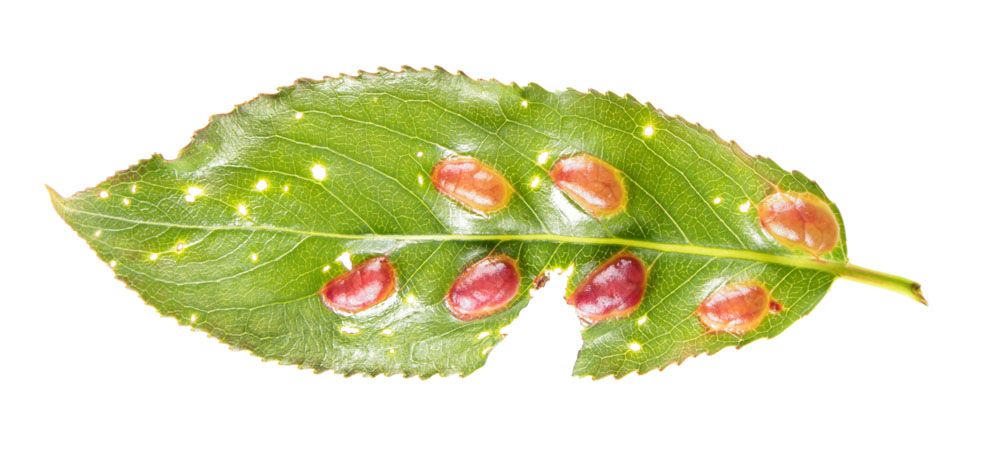
Willow Redgall Sawfly – Pontania proxima
Willow Redgall Sawfly (Pontania Proxima)
Latin Name: Pontania proxima
Common Name: Willow Redgall Sawfly
Appearance:
Adult:
Willow Redgal Sawflies are little, measuring between 3.5 to 5 mm long. They have a gleaming black appearance and resemble wasps. They induce a gall to grow on some willow species, which is more visible than the adult sawfly. The gall is bean-shaped and begins green before becoming crimson. It has a smooth wall and protrudes from the top and lower leaf surfaces.
Larvae:
Willow redgall sawfly larvae are pale green with a blackhead. They are tiny and caterpillar-like, with a length of barely 5mm. Legs are found on the thorax, and prolegs are present on each abdominal segment.
Hosts plants: Willow
Territory: Throughout the United States.
Damages caused by Willow Redgall Sawfly:
The willow redgall sawfly causes a reddish bean-shaped swelling on the willow leaves. Although these galls might be rather noticeable, they do not appear harmful to the tree’s health. Galling at high levels seldom lasts longer than a few seasons.
Description about Leaf chewers:
Insect chewing damage to plants can take numerous forms. Foliage or flowers may vanish when certain insects eat them. Occasionally, the plant will appear ragged and, upon closer inspection, will reveal bitten edges or cores. Plants can be cut at the root and topple over, or twigs can be girdled and die as a result. Mining or boring is the process of causing harm to a plant through chewing. Only the upper or lower surfaces are sometimes destroyed, producing a brown, burned look or skeletonization (openings between the veins).
Life History and Habits:
Willow Redgall Sawfly larvae are pale green with a blackhead. They are tiny and caterpillar-like, with a length of barely 5 mm. Adults appear in late spring, and females look for appropriate willows to deposit their eggs on. The female lays an egg in leaf tissue, hatches and starts eating the soft tissue. This causes the leaf to create a bean-shaped, smooth gall that appears evenly on both leaf sides. The gall might be green, red, or yellow. Each gall has a single larva that feeds in the cavity.
